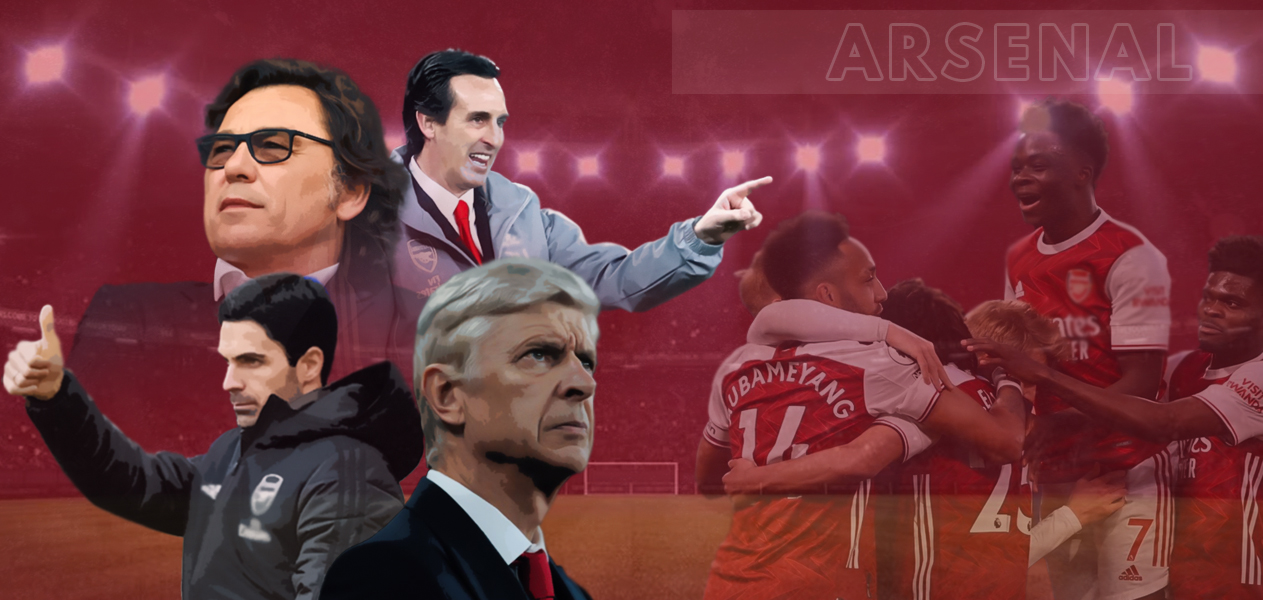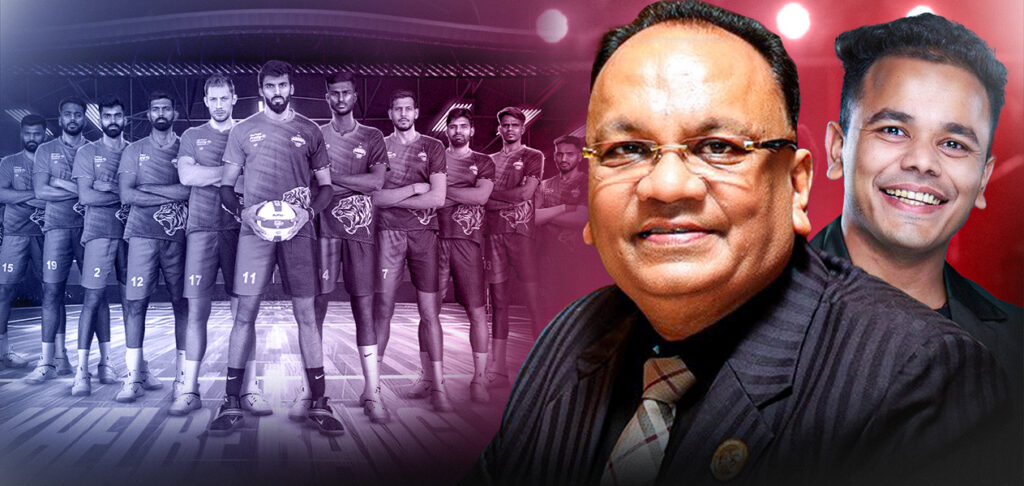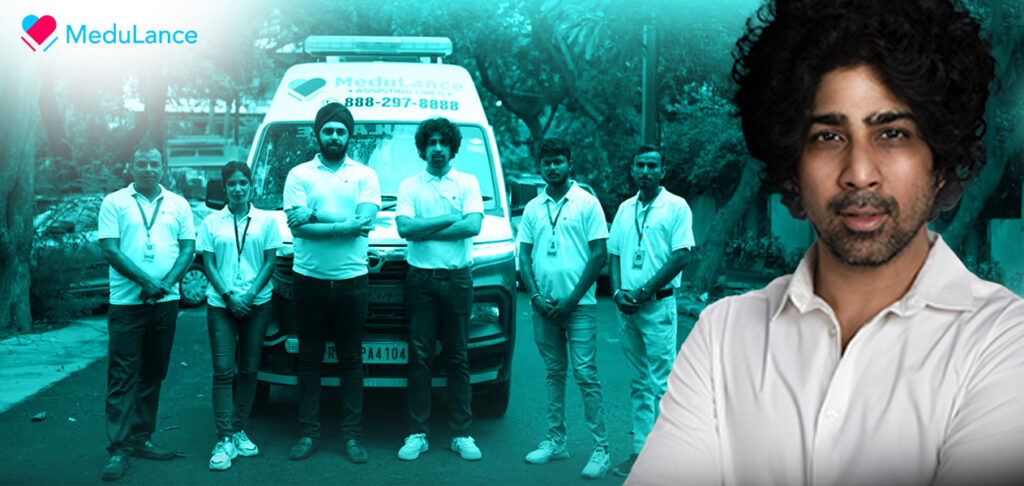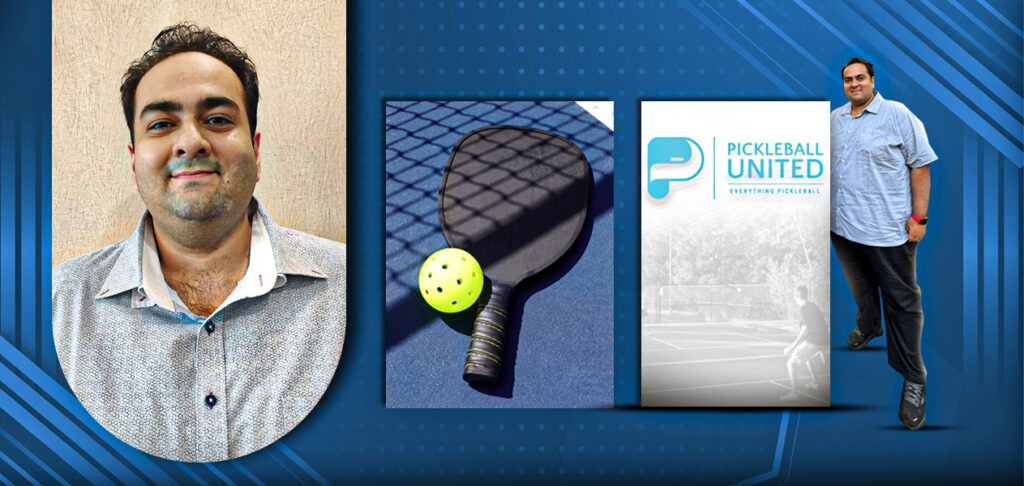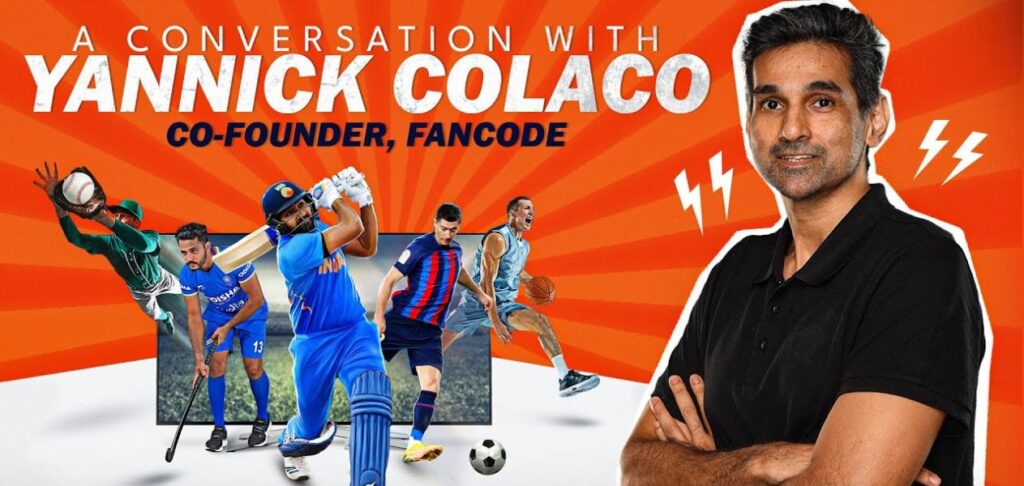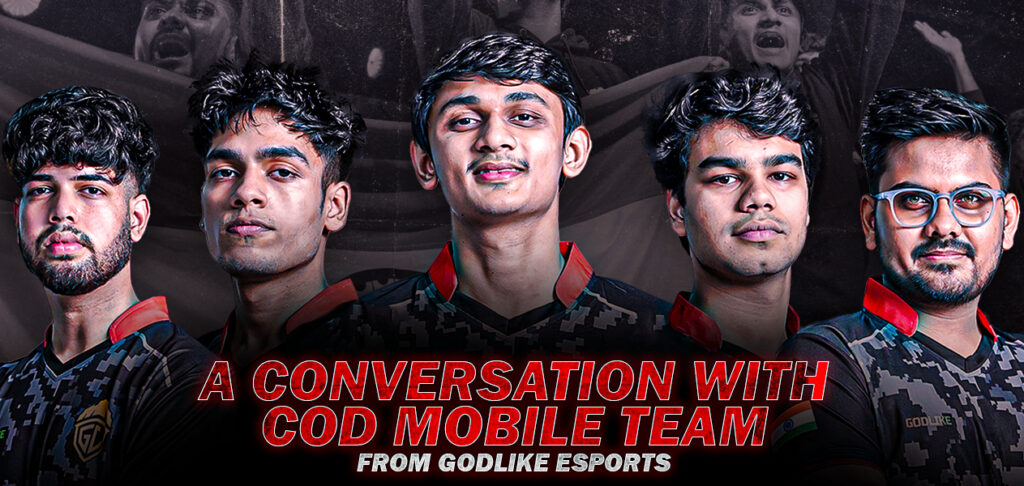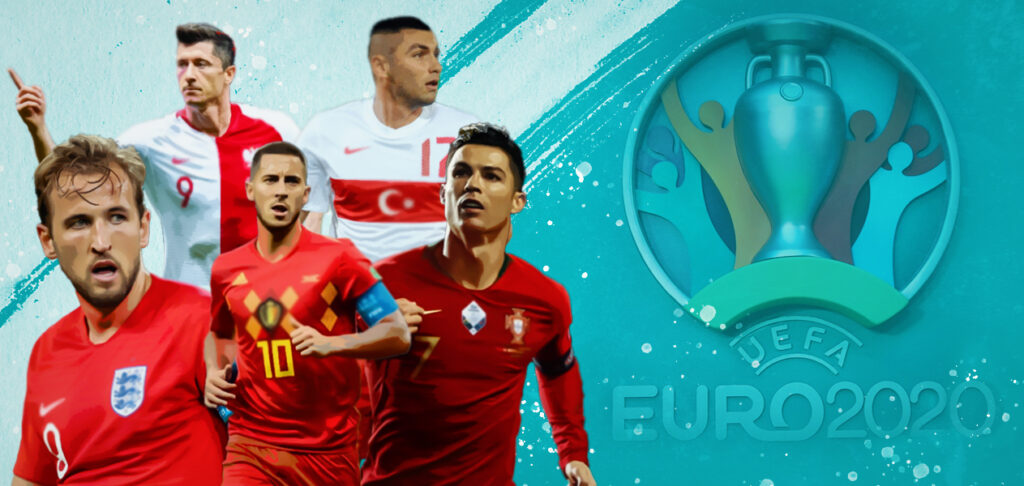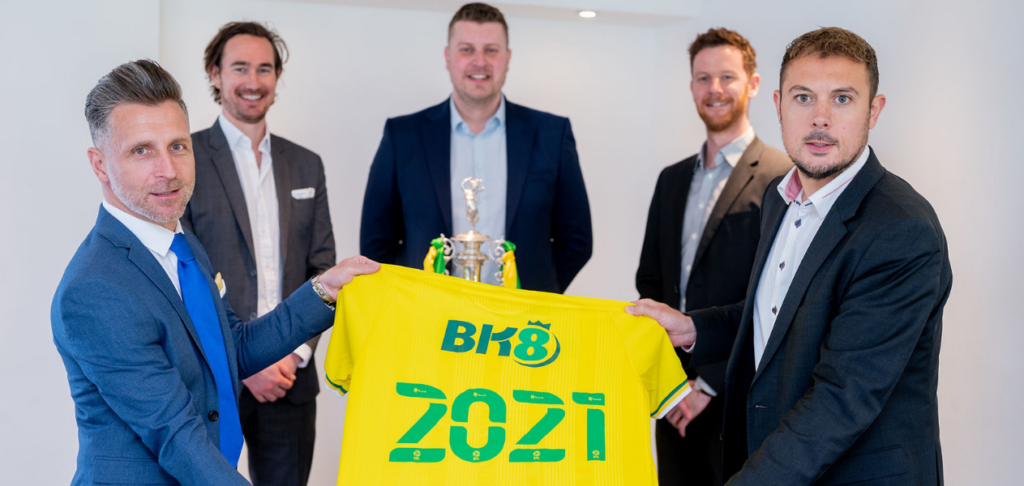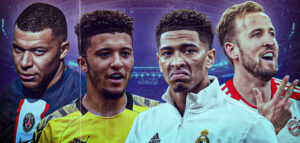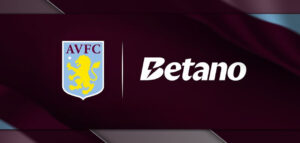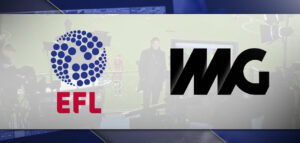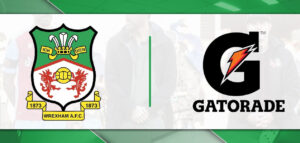Gone are the days of Thierry Henry, Patrick Vieira and Dennis Bergkamp bullying opponents, putting in raking passes, and ripping through the opponent’s defence with their incisive movement in front of a packed Highbury crowd – Arsène Wenger’s majestic “Wengerball”.
Now all that remains is a club living on its past glories, a stadium that never felt home, an owner that sells lies as sweets and confectionery, a squad that needs to be dismantled and moulded back together, and a manager who is still finding his feet.
Crisis? It was a long time coming
A dream was sold to the club, but in exchange for its soul – Highbury. A switch to the Emirates Stadium saw Arsenal sell at least one of its prized assets season in, season out. The club, however, did live up to its promise of spending on player transfers by the end of 2014, spending over £100m for the first time in its history.
But by then, the seeds of regression had already set in within the club. The recruitment department was in shambles and so was the state of the Sports Science and Analytics department. Of the £100m spent, £38m were spent on securing Alexis Sánchez from Barcelona – a great value for money – but the rest of the £78m were spent on the likes of David Ospina, Mathieu Debuchy, Gabriel Paulista, Danny Welbeck and Calum Chambers – none of which ever cemented a place in the starting XI.
In the last five seasons – the first of which was the last time the Gunners played in the UEFA Champions League – Arsenal has spent a total of £530m on player recruitment while only recuperating £225m on player sales. For a club that has predominantly relied on a sale-to-buy policy (gloating about its self-sustaining model in years gone by), a poor recruitment system, marred by the absence of Champions League football (which used to be a given during the first 20 years of Wenger’s reign), has left Arsenal in the doldrums of financial obscurity.

Arsenal embraced the self-sustainable model, but it was found upon the financial boost that came with Champions League football. Next will be the fifth season since Arsenal last dined at Europe’s top table – next season being the first time the Gunners will not play European football in 26 years – and their absence has hit them hard in terms of earnings. Their 2018-19 financial report showed an operating loss of £27.1m. It was the first time the club had posted losses since 2002. Why? The £230m wage bill.
Also Read – THE 2020-21 SEASON REVIEW – MANCHESTER UNITED
Rebuild
There is a notion among the Arsenal fans that the day Wenger departed and Unai Emery took the reins was the start of a rebuild – a new world that would open up to the fans. In reality, it started when the Frenchman signed his final two-year contract extension, which is why we still see so many of Arsène Wenger’s players in the current Arsenal setup.
After losing the 2015-16 Premier League title to Leicester City, Wenger was given a £100m war chest to go one step better the following season, and that’s where the problem started. In a market where N’Golo Kanté signed for Chelsea in a deal worth £35m, Arsenal went all-out to secure the services of Swiss international Granit Xhaka for £40m, and the result is clear for all to see. Arsenal went on to miss out on Champions League qualification for the first time in Wenger’s reign.
While the team needed defensive and midfield reinforcement for the following season, the club broke the bank on signing two strikers in Alexandre Lacazette (£47m) and Pierre-Emerick Aubameyang (£57.3m), while Mesut Özil and Alexis Sánchez’s contract situations meant the club had to tie down their star performers. Özil signed a three-and-a-half-year extension worth £350k a week, while Alexis Sánchez’s outrageous demands meant the Chilean was sold for free to Manchester United, with Henrikh Mkhitaryan arriving from the other end.
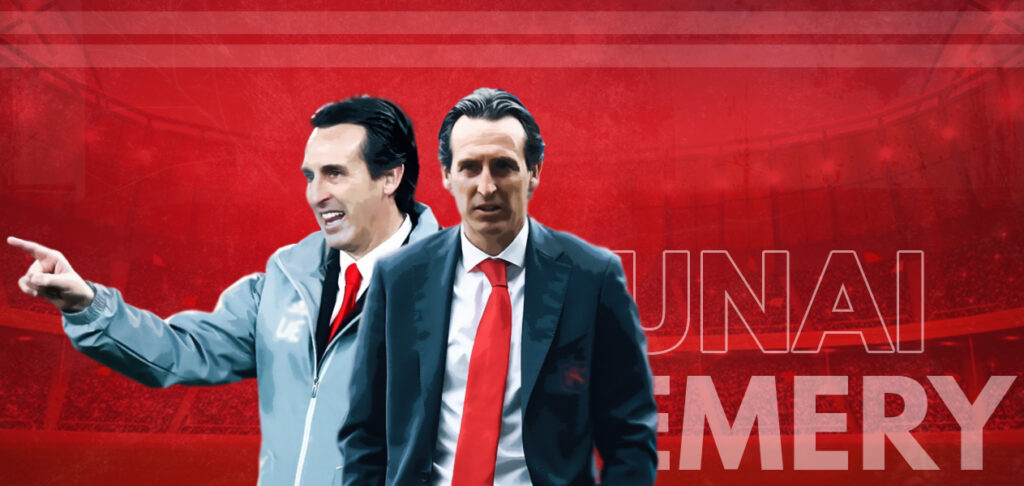
A second year without Champions League football and Wenger called it a day – rather forcedly – for Arsenal to turn over a new leaf. Former Paris Saint-Germain manager Unai Emery took on the mantle from Wenger. The Spaniard was a well-respected manager throughout Europe, but even he couldn’t resolve the lingering cultural and wage issues inside the club.
Emery tried to implement his own brand of football, but with so many polarising figures in the dressing room his new recruits did little to warrant any significant changes to the already fractured team. With the six-figure weekly salary all the new recruits were awarded, Arsenal now had the sixth best team in the league running on the third highest wage bill.
While only Bernd Leno turned out to be a decent signing in his first transfer window, Emery’s second summer saw players with high potential coming in, with the likes of Nicolas Pépé (£72m), William Saliba (£27m), Kieran Tierney (£24m) and Gabriel Martinelli (£6m) arriving in North London. But Unai had already lost the plot by the start of his second season.
Having bottled Champions League qualification – losing four of the last five league games – and a Europa League final against Chelsea the season before, Emery lost the dressing room by mid-November. The team had neither identity nor structure. The dressing room politics and the split between the manager and his players was clear, and ultimately resulted in Emery losing his job.
Wrong Personnel
Sven Mislintat was brought into Arsenal in December 2017 with a reputation of being one of the shrewdest talent spotters in the game. The now 48-year-old German earned the nickname ‘diamond eye’ for his ability to identify talent at Borussia Dortmund.
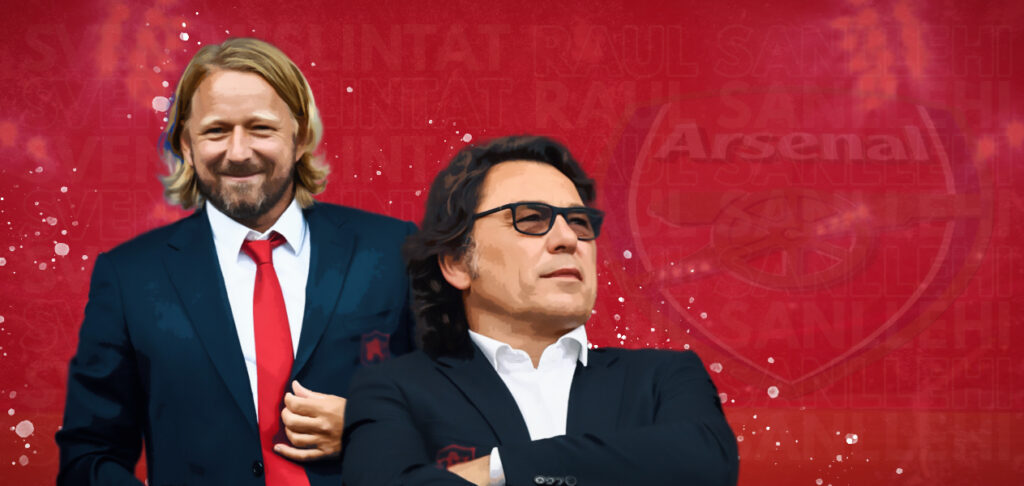
Sven had worked with Dortmund for over a decade and was credited with finding players such as Pierre-Emerick Aubameyang, Ousmane Dembélé, and Shinji Kagawa. Along with Jürgen Klopp, he helped Dortmund secure two Bundesliga titles and a Champions League final in 2013.
At Arsenal, however, Mislintat’s record proved to be rather mixed in a period of turmoil at the Emirates that saw Wenger’s departure, Unai Emery’s arrival and chief executive Ivan Gazidis moving on to for AC Milan. In the resulting shake up, Mislintat’s purpose behind the scenes became obscure by the promotion of Raúl Sanllehí as Head of Football, with the Spaniard ultimately taking control of transfers from the 2018-19 season.
Given the decisions to sign players such as Henrikh Mhkitaryan, Sokratis Papastathopoulos and Stephan Lichtsteiner that were taken during Mislintat’s time with the Gunners, some fans were left with a bitter taste in their mouths, while others argued that his work may have provided a great benefit to the team had he been given time.
Sanllehí left the club in August 2020 with his head held high and stated in his farewell statement that he was leaving Arsenal “with great foundations” and that “the dawn of a great era is just starting.”
The Arsenal faithful may look back on Sanllehí as the man who got the decision right the second time round. He may have taken too long to get rid of Unai Emery, but in Mikel Arteta he may have found the transformative figure to put Arsenal on the right path.
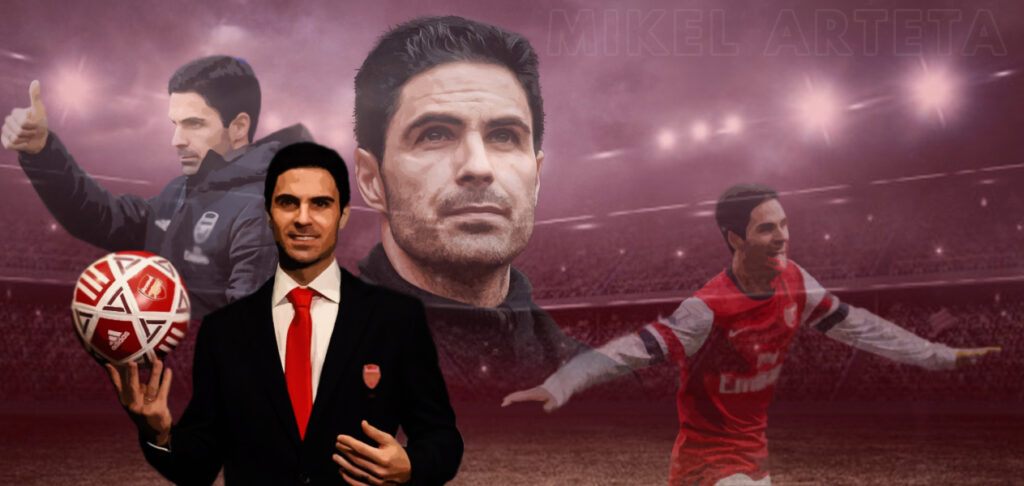
Sanllehí had time and, crucially, money to begin the rebuild, to send the club back on its path of success and glory. Instead, those who picked up the pieces after Sanllehí found a squad patched together to fulfil short-term needs, lacking in key areas, and disillusioned after taking a 12.5-percent pay cut that they thought would save jobs but was only able to keep the redundancies down to 55.
Arsenal kept investing more and more as the Champions League revenue stream dried up, much of it short-term gambles that were already starting to take their toll, to get out of their Europa League phase. In Sanllehí’s first summer as the club’s deal maker, the club invested in many short-term steady yet experienced signings, the sort they reasoned would soon take them back into the Champions League.
The acquisitions of Sokratis on £130,000-a-week for three years (2018), David Luiz on £125,000-a-week (2019), and the free signing of Willian from Chelsea on £182,000-a-week (2020) – all of whom would be well past their prime by the end of their contracts – were made hoping that in one year’s time they would repay those big wages and the sizable sign-on fees by propelling Arsenal back into the Champions League.
It wasn’t the Head of Football coaching the team, but he was the one who brought them in. He was not part of the playing squad, but he had two summers in which 14 new recruits joined and 18 players in and around the first team departed.
The simple fact of the matter is that under Sanllehí the club has slipped further away from the top four and the ultimate responsibility for that must lie with the Head of Football himself.
Artetaball
A deputy to Pep Guardiola for two-and-a-half years, Mikel Arteta’s first few months at Arsenal coincided with our expectations of a Pep Guardiola protégé. Building patiently and shuffling up and down the pitch in a uniform shape, the pitch was split up into little zones and players scooted neatly to create little triangles.
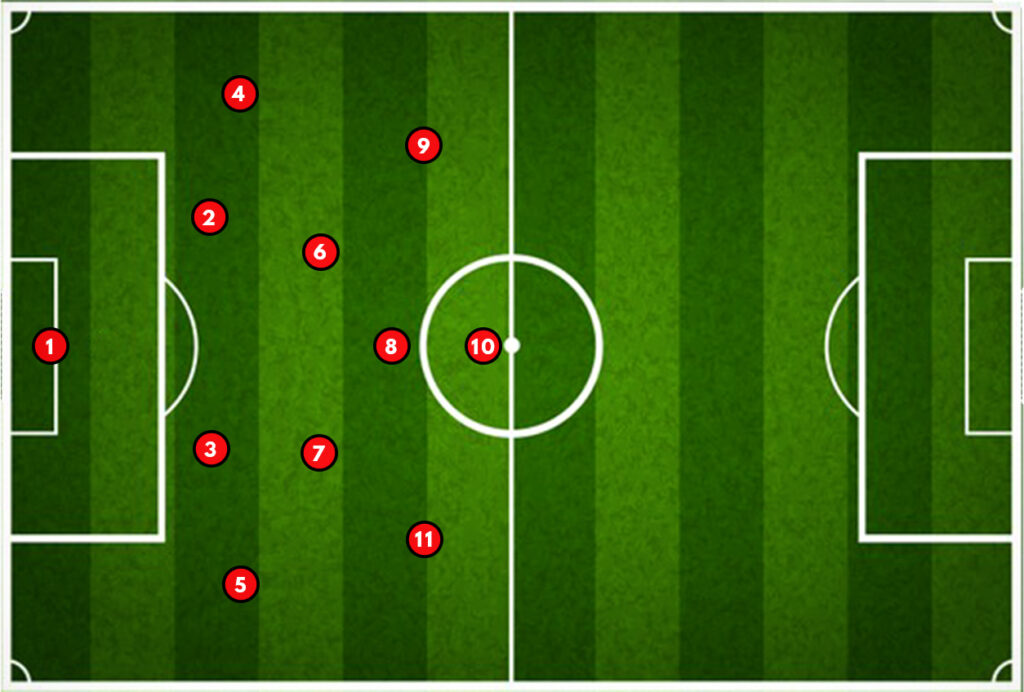
Arteta’s first line-up as Arsenal manager (4-2-3-1)
Arteta stabilised the club following Unai Emery’s departure in December 2019, but Arsenal continued to struggle to create consistent, clear-cut chances. They weren’t pragmatic, but rather idealistic, as if Arteta was trying too hard to emulate Guardiola’s method on a purely theoretical level. Indeed, his first 18 months with the club has been nothing short of a student when they go out on placement. The theory that Guardiola’s purism only works with standout technicians will further gain weight when we analyse Mikel’s Arsenal.
In Arteta’s first full season, the Gunners’ attempt to be graceful has often ended with sloppy passes inside their own half. Too often, Arsenal’s attempt at gradually suffocating the opponent has led to stagnant and sideways possession. After a disastrous December and getting back a few key personnel, Arteta realised the system must fit the players, not the other way around.
What emerged was a tactical philosophy more similar to that of Brendan Rodgers or Jürgen Klopp but with a tinge of Pep Guardiola as well – a possession-based game, based on vertical passing and quick transitions, coupled with a mixture of structural high-pressing – a key part of Klopp’s gegenpressing style.
The emergence of Bukayo Saka and Emile Smith Rowe triggered this tactical shift, which Arteta built upon the loan signing of Martin Ødegaard and giving Thomas Partey more prominence in the middle of the pitch. Suddenly, Arsenal’s playing XI had none of City’s silky and elegant-like players. Instead, this system was defined by players who hovered on the half turn, who broke the opposition lines with their dribbling, who looked to pass vertically compared Guardiola’s triangle-based ball progression.
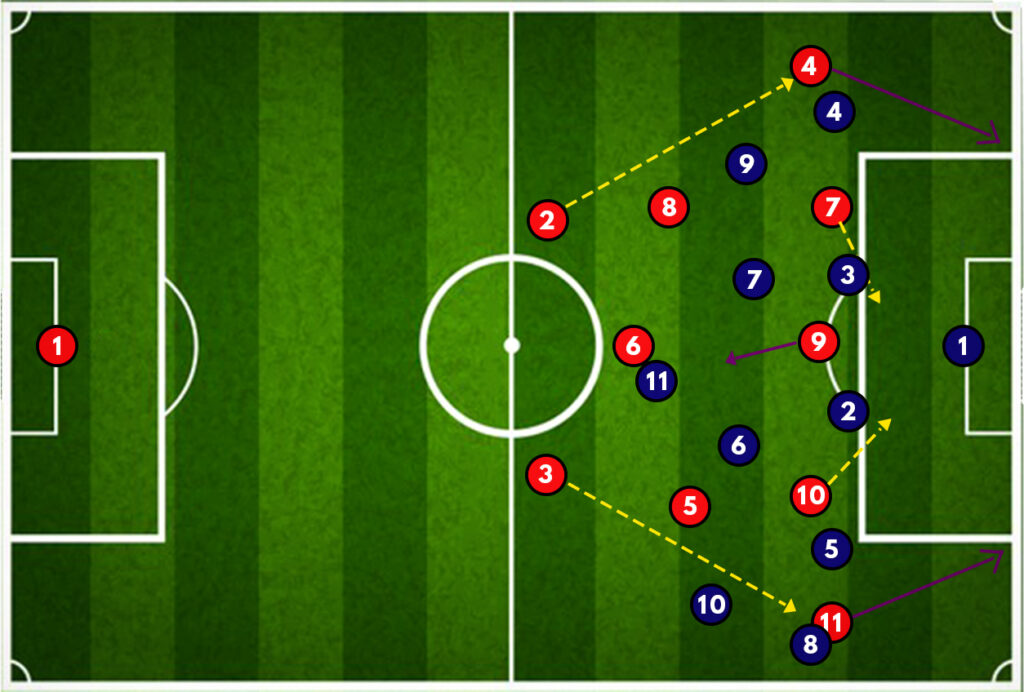 Arteta’s current system in possession since January
Arteta’s current system in possession since January
The transition under Arteta is still a work in progress, and the tactical history of his side at the Emirates is a lot messier than what has been depicted here; constant chopping and changing of personnel and tweaking the tactics every other week suggest that Arteta is still in the trial-and-error phase of his Arsenal tenure. Nonetheless, Arteta’s ability to adapt and embrace the technical idiosyncrasies of the youngsters within his squad shows great potential for his future at Arsenal and beyond.
Light at the End of the Tunnel
Able to think and act with speed, Arsenal’s youngsters have added movement, explosiveness, and the ability to create moments of individual quality to a well-constructed, deeper build-up. The signing of Ødegaard, Smith Rowe’s emergence as an attacking outlet, and Bukayo Saka’s new inverted-winger role has made Arsenal less ponderous and predictable.
While the development of youngsters to first-team starters is an exciting prospect for the fans – especially if they come through the academy setup – these players offer more than a glimpse to the future of Arsenal. They are also a solution to the current lingering problems.
These youngsters have allowed Arteta to revert to his “fast build-up from the back” approach, as the Gunners now have three runners behind the No. 9 to track back, lay off a one-two, and drive up the pitch with the ball at their feet. This has also made the system more fluid, with the three runners constantly interchanging their positions, leaving the opposition with a choice to make.
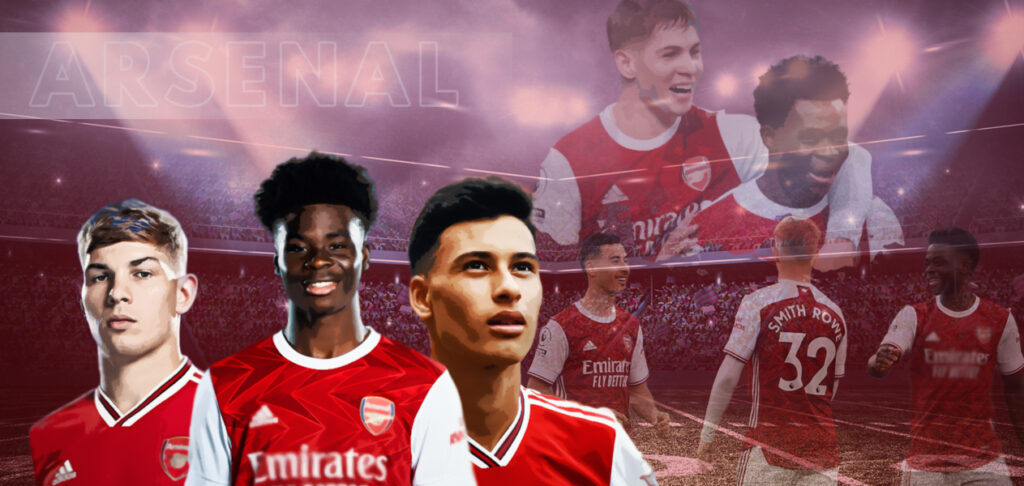
A fluid forward line allows the fullbacks to bob up and down the pitch, as is evident with Arsenal exploiting the wings in most of their matches. Although subtle, this change has freed up Mikel to implement his own version of a 2-3-5 in attack; the result is the third-best defence in the league and the second-best team in the league since Boxing Day.
With Gabriel Martinelli, Joe Willock, William Saliba, Florian Balogun and Miguel Azeez all eyeing a slot in the first-team squad for next season, Mikel has a core of players to build his team around. New recruits Gabriel and Thomas Partey will only get better, while Nicholas Pépé has finally started to flourish under Arteta’s tutelage.
Moving forward
After missing out on European football for the first time in 26 years, the club and, more importantly, its owners Stan Kroenke and his son Josh need to get their acts together, especially after their debacle of putting Arsenal’s name into the already dissolved Super League, which resulted in the fans calling them out to sell the club and protests being staged outside the Emirates Stadium.
While Swedish tech-billionaire Daniel Ek has reportedly made bids to buy the club – a move backed by former Arsenal players and legends – the Kroenkes need to dip their toes in the transfer market this time around. For a squad that is full on both extremities – a plethora of young potentials and a major chunk of deadwood that needs to be booted out – the onus lies on the owner to back Mikel Arteta.
A proper clear-out and the right profile of recruitments can propel Arsenal into the top four within two seasons. A repeat of the last few seasons will see Arsenal further drop off and get lost in the mid-table obscurity.
Written By
Rahul Saha

